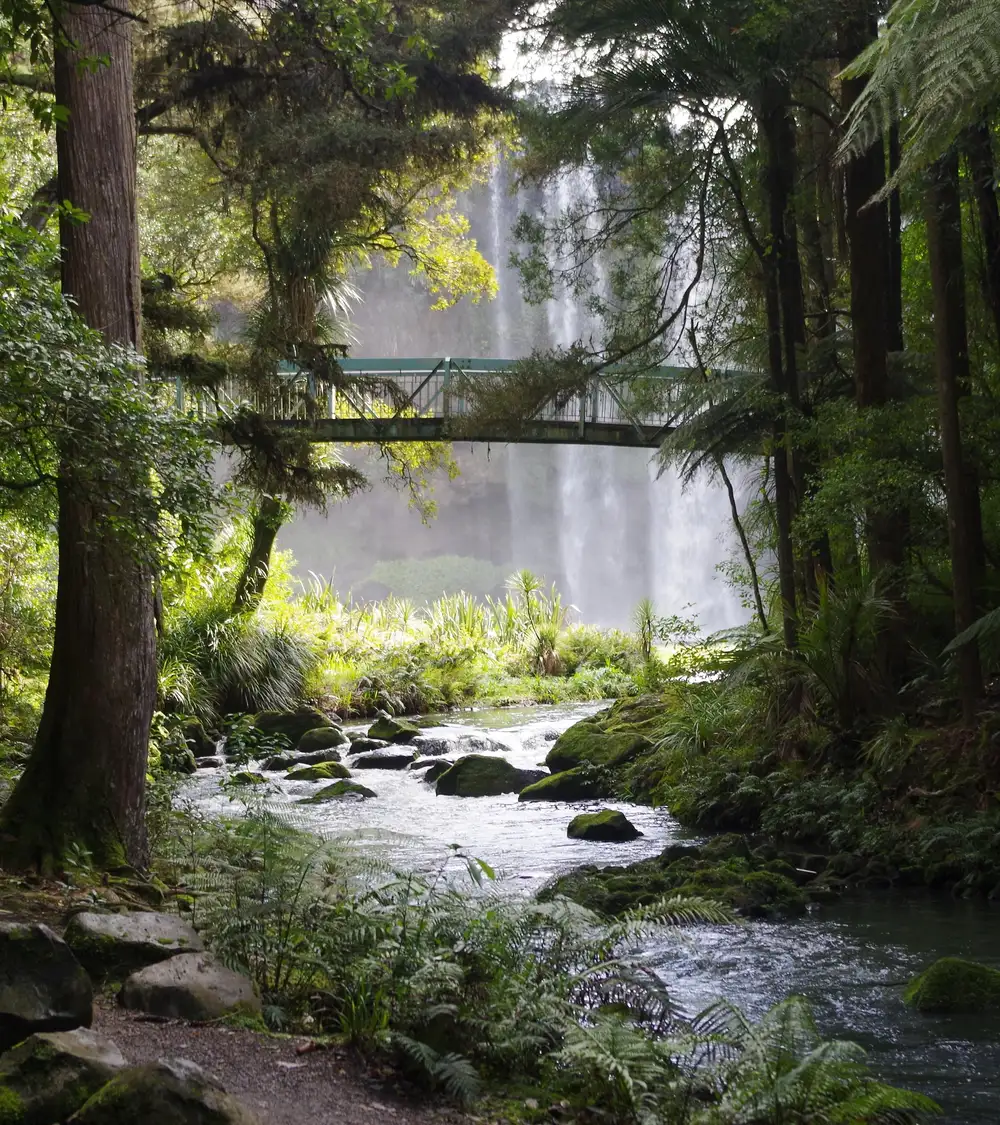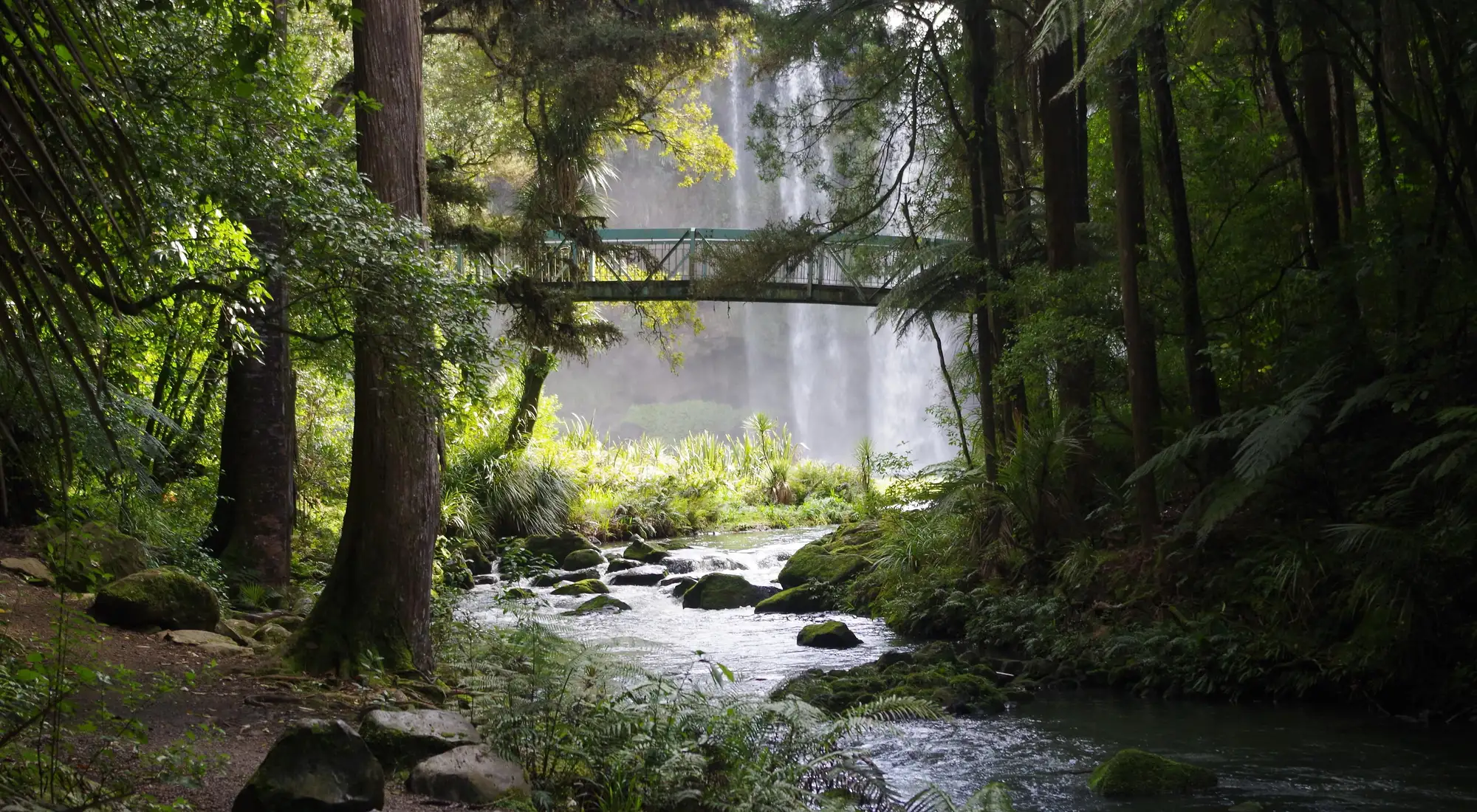LGNZ welcomes national biodiversity strategy



10 August 2020
LGNZ Regional Sector has today welcomed the launch of Te Mana o te Taiao, the Aotearoa New Zealand Biodiversity Strategy.
Local Government New Zealand’s (LGNZ) Regional Sector has today welcomed the launch of Te Mana o te Taiao, the Aotearoa New Zealand Biodiversity Strategy, citing robust collaboration with iwi, regional councils and private landowners and leadership from central government and the Department of Conservation in delivering a plan to protect and restore New Zealand’s native ecosystems.
LGNZ is the peak body representing New Zealand’s 78 local councils, providing a unified voice for the sector and a pathway for continuous improvement through CouncilMARK™. The Regional Sector comprises the 16 Regional and Unitary councils who, among a range of responsibilities, act as environmental regulators.
“Our native flora and fauna is a taonga that defines us as a nation, which is why regional councils support a strategy to better manage our indigenous biodiversity,” says Regional Sector Chair Doug Leeder.
“The new strategy picks up a range of our recommendations, from providing clarity of roles and responsibilities, to outlining what success looks like, how we measure it, and how we achieve it through modern, fit-for-purpose legislation.”
“On behalf of the Regional Sector I’d like to thank Ministers’ Sage and Mahuta for their strong leadership in delivering this robust strategy. With so much else going on at the moment, it would have been easy for this work to lose momentum, but we’re glad they’ve continued this work that started back in 2017.”
“At its heart Te Mana o te Taiao is a strategy that creates a team, in the form of all New Zealanders, and provides a way for each player to make the biggest impact possible in protecting our biodiversity and restoring it.”
“The number one recommendation from the Regional Sector’s Addressing New Zealand’s biodiversity challenge thinkpiece was the need for strong leadership and clarity around roles and responsibilities, and that has importantly been addressed in this strategy.”
“The next step is to continue the work at a local level, with regional councils working alongside iwi, private landowners and communities.”
“The Jobs for Nature Fund has provided an opportunity to expand a number of initiatives that regional councils are leading, and when paired with this strategy, there’s the potential for significant biodiversity protection and restoration.”